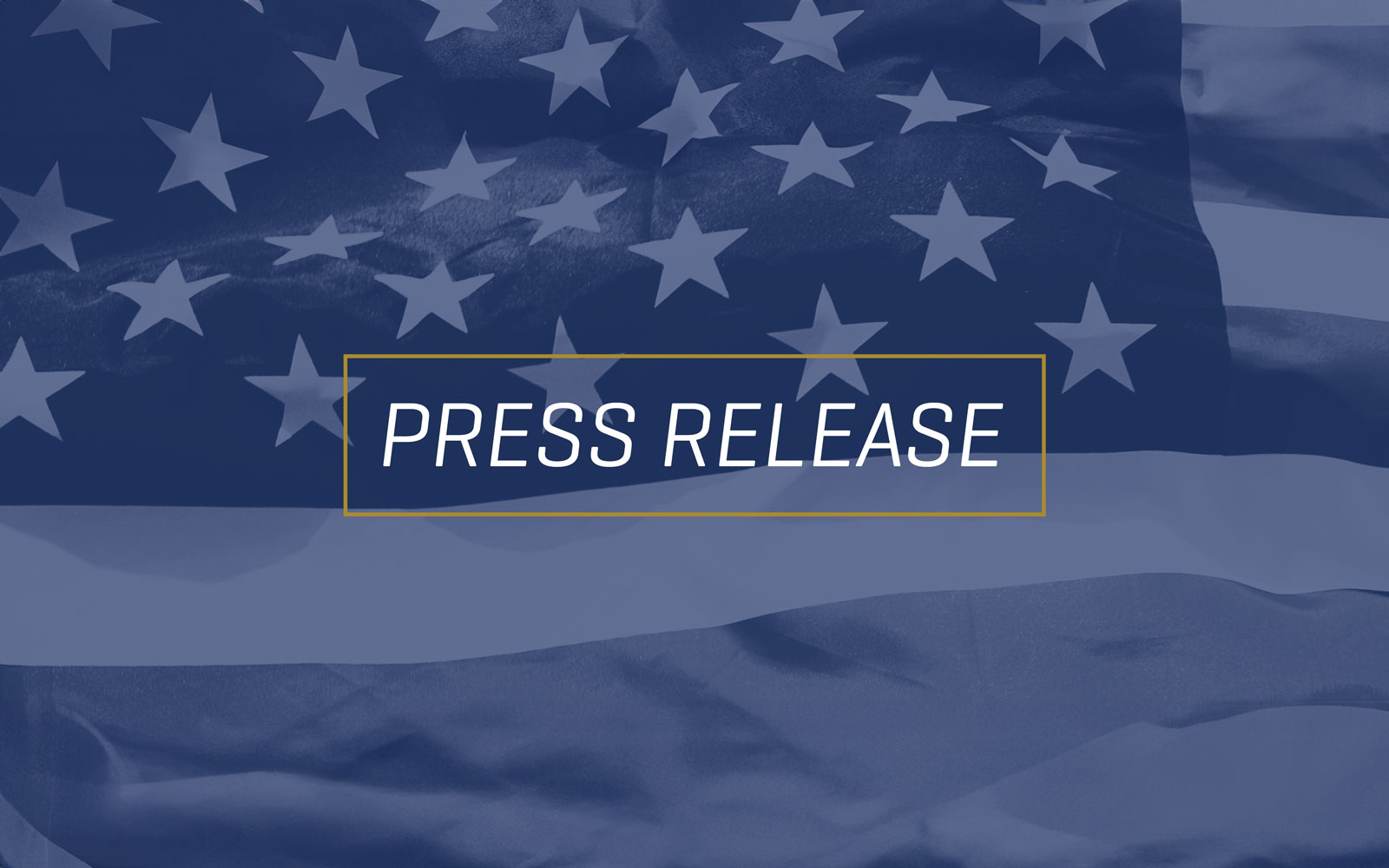As labor activists rally to increase Washington’s minimum wage to $15, new Freedom Foundation research has uncovered the true cost of the effort, both in dollar amounts to protest organizers as well as the hit to the state’s economy.
The organization orchestrating the 4/15 $15 minimum wage rallies is Working Washington, a nonprofit singularly focused on increasing the state minimum wage. Rather than generating grassroots support for its efforts, however, union LM-2 forms on file with the U.S. Department of Labor indicate Working Washington is directly funded by the Service Employees International Union (SEIU).
Working Washington has received $8.9 million from SEIU since its creation in 2011, according to the Freedom Foundation’s analysis. Additionally, Working Washington’s registration with the Washington Secretary of State indicates its officers are all SEIU employees.
The protests take place against a nationwide backdrop of SEIU-funded minimum wage activism. According to one estimate, SEIU spent $23 million last year across the country financing the “Fight for $15” movement.
Many observers contend SEIU’s purpose is not to raise the minimum wage, but to pave the way to unionize potentially hundreds of thousands of fast-food employees nationwide by breaking down the legal barriers that separate franchises from franchisors.
In a video that surfaced in October, Fight for $15 organizing director Kendall Fells admitted the true purpose of the campaign to the Congressional Black Caucus Legislative Conference, stating:
“Just to be clear, this is not a minimum wage campaign, these fast food workers are not trying to raise minimum wage. They want to sit down with the $200 billion fast food industry and get the money out of their pockets and negotiate a union contract with them.”
Despite the vast resources SEIU has poured into the effort, it has experienced difficulty getting actual employees to participate in its stage-managed protests. The Freedom Foundation has previously documented that Working Washington has paid workers to participate in its protests.
According to its website, Working Washington plans to rely heavily on SEIU 775-represented homecare workers for its 4/15 protests, with these union workers staffing nine of the 18 planned actions.
In addition to already being unionized, SEIU 775 recently boasted that its new collective bargaining agreement with the state would “raise the average wage for a homecare worker to more than $14/hour” and put workers “on a pathway” to achieving their $15 goal. For SEIU 775’s homecare workers, the “Fight for $15 and a Union” appears to already be a reality.
A new report released today by the Freedom Foundation, “Promises Made, Promises Broken: The Failure of Washington State’s Minimum Wage Law,” examines the consequences of Washington state’s highest-in-the-nation minimum wage and concludes that SEIU’s success in the Fight for $15 would come at the expense of the state economy.
Passed by voters in 1998, Initiative 688 substantially raised the state minimum wage and indexed it to inflation. Since that time, the state poverty rate has remained effectively unchanged, despite the dramatic increase in the state minimum wage relative to the poverty rate.
At the same time, while the state’s overall job market has performed well, job growth in low-wage industries like accommodation and food service slowed substantially following I-688’s adoption.
Additionally, while the state’s teen unemployment rate generally mirrored the national rate before the minimum wage initiative, Washington’s teen unemployment rate has signifanctly surpassed the national rate every year since I-688’s passage.
Lastly, despite claims that a higher minimum wage would boost the economy through additional consumer spending, all the economic evidence to date continues to indicate minimum wage hikes are a net drain on the economy.
Given I-688’s poor track record, state and local voters and policymakers should seriously consider the potential consequences before giving in to SEIU’s demands for an unprecedented $15 minimum wage.
The full report is available here:
“Promises Made, Promises Broken: The Failure of Washington State’s Minimum Wage Law”









